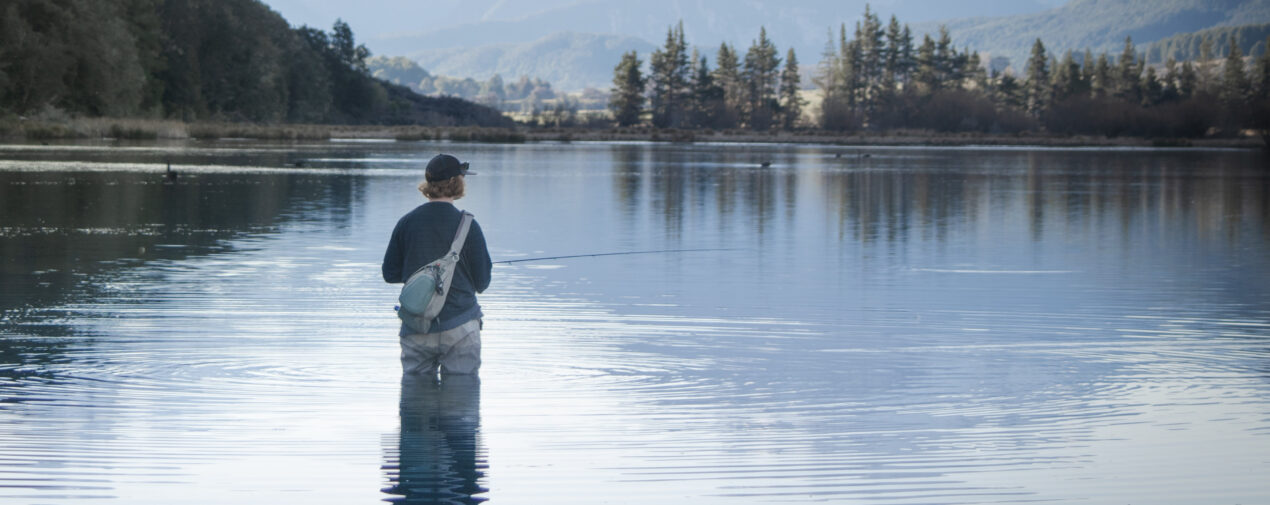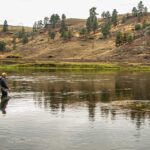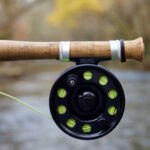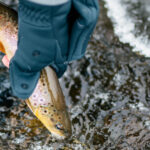So You Want to Go Fly Fishing? Part 1
In Part 1 of this 2 part series, you will learn about the basics of fly fishing, including a 10 item beginners list to get you started. In part 2 you will earn about how to actually get out on the water.
What’s Fly Fishing?
Fly fishing is a style of fishing where the bait is light and the line is heavy. The casting is done through the weight of the line, rather than the weight of the bait, which is referred to as spin fishing. Fly fishing requires a higher degree of technique, finesse, and patience than traditional fishing. This may sound daunting, but the rewards for the hard work are more than worth it.
Where to Fly Fish?
There are two places people fly fish, in freshwater or in saltwater. The intricacies of each type of location makes it almost seem like two different sports. This article will be dealing with freshwater fishing, mostly in rivers, and mostly for trout. Fly fishing can be done anywhere, and people fish for everything from carp and bass to marlins and tuna. It is a complex tradition that connects you to the wildlife, the landscape, and a history of conservation. The chance to intimately enjoy beautiful places, the history, the ability to nerd out for an ultimately pointless goal, these are great reasons to take up fly fishing. But besides all of that, it’s just fun.
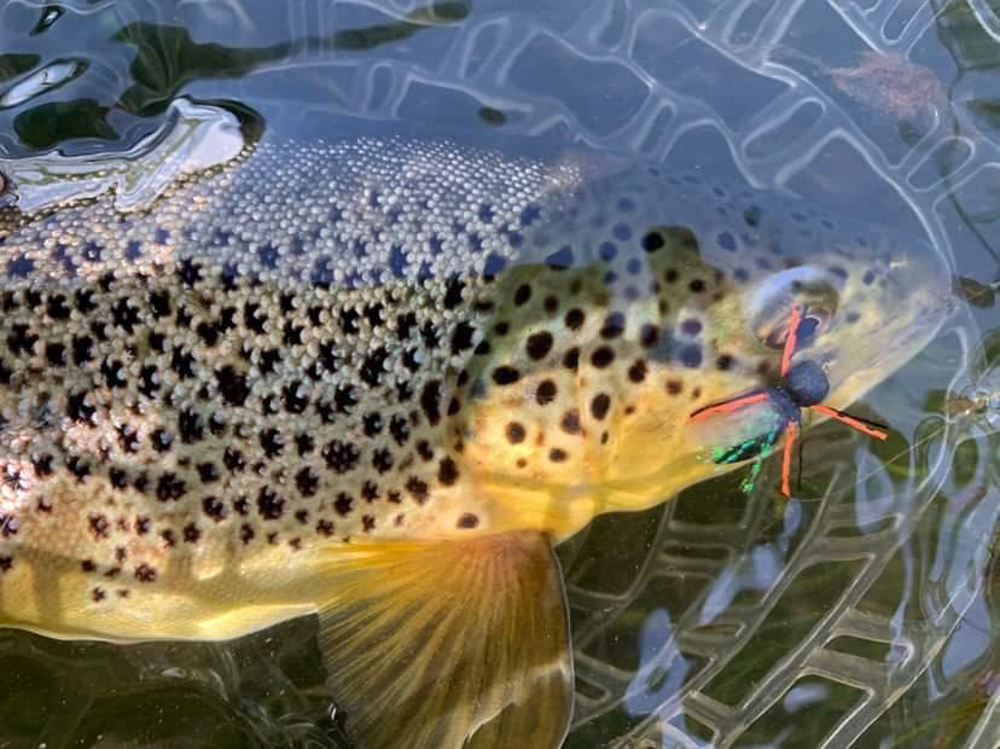
Beginner’s Gear Guide
1. Fly Rod and Reel
The most important part of all your gear is going to be your rod. They were traditionally made of bamboo, but now are made of graphite and fiberglass. Beginners will be looking at graphite, as that is the cheapest option. Fly rods can run to absurd prices, but as with most gear, it doesn’t matter how nice it is if you don’t know how to use it.

Fly rods and reels have “weights”, meaning how strong the rod is. These generally range from 3-10. 10 would be for massive saltwater fish, and 3 would be for creeks with small trout or panfish. 5 is a good all around freshwater weight if you don’t know what water you’ll be fishing exactly. I would recommend any of the Redington beginner rod packages, such as the Crosswater for $189. If you want a cheaper option, Amazon has a full beginner set that comes with most of the items on this list for only $79. I keep one for giving to friends who could potentially break them, so remember you get what you pay for.
2. Beginner flies
The world of flies can get complicated quickly. Absurd names like Wooly Bugger, Royal Wulff, Chubby Chernobyl, Parachute Adams, and many more make the world of fly fishing seem intimidating.
To keep it simple, I would recommend having about 4 or 5 flies of each of these types: 2 or 3 nymph patterns (subsurface), 2 or 3 streamers (subsurface, but looks like fish or other bigger creatures), 2 or 3 dry fly patterns (above water, looks like flies) and 2 or 3 terrestrials (above water, looks like land based bugs).
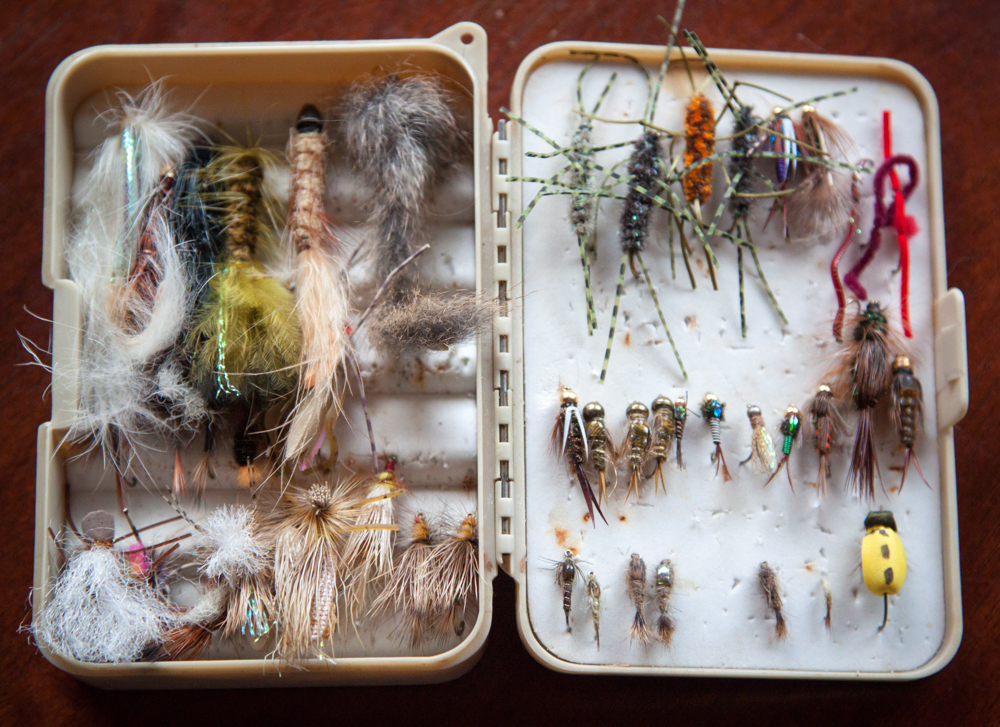
The specific flies are variable, and so throughout this article, asking your local fly shop for help is necessary. The season, the location, the water type, and other factors make it a fun game to try and “match the hatch” to catch fish.
3. Tippet
Tippet is the thinnest part of your fly line, and is tied on to add length and to protect your main fly line leader. Most beginner fly reels come with the full line attached, but if you want to know more about what’s inside your reel and how to tie all the knots that make it up, Hiking and Fly Fishing has a great diagram and guide. The larger the number for tippet, the thinner it is. This means it will be harder to see for calmer waters, but does sacrifice strength. For trout, 5x-7x is usually the range you want to use. It can be attached to your line with the relatively quick double surgeon’s knot.
4. Nippers (or nail clippers)
Nippers are basically just waterproofed nail clippers made for cutting fly line. This is necessary to cut the leftover line when finishing a knot so it doesn’t interfere with the fly’s aerodynamics. It will be useful if you get tangled and need to cut the line. The advantage “nippers” have is that they have a small needle at the back to clear the eye of a hook from old fly line or glue leftover from production.
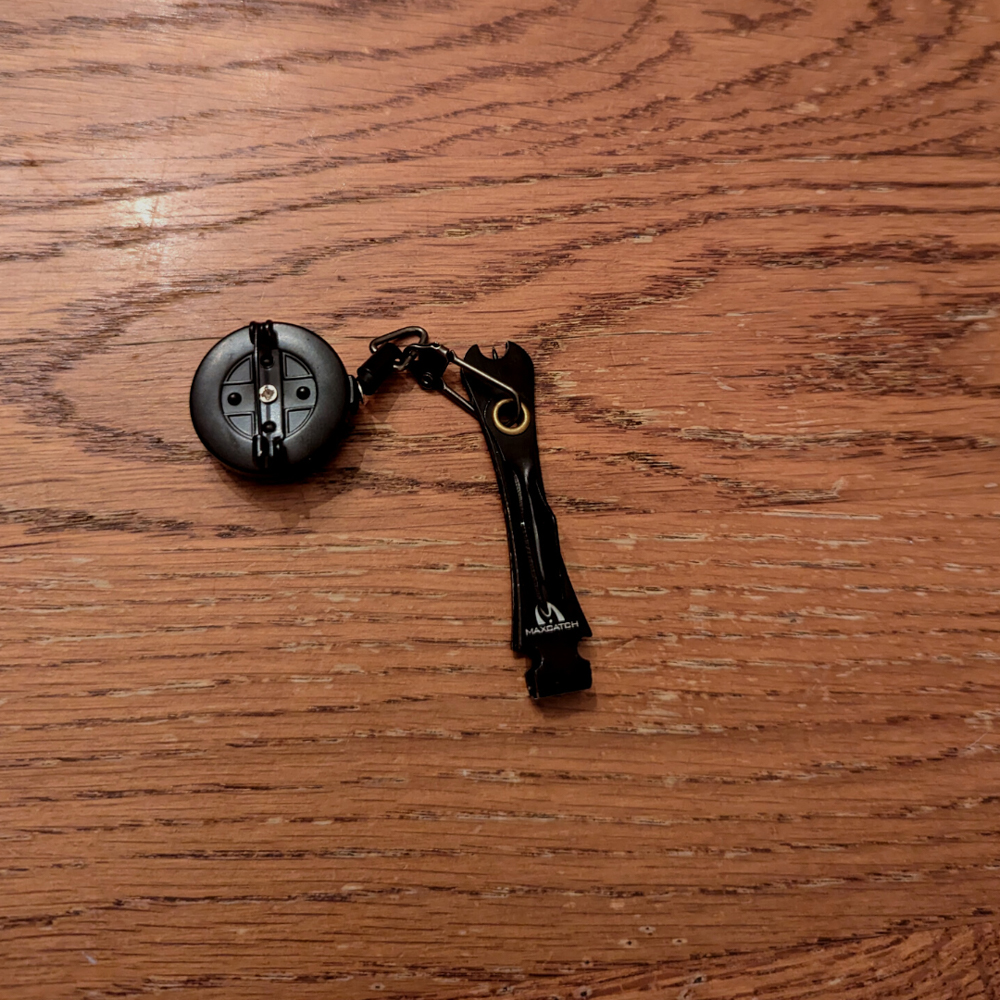
5. Forceps
Forceps are helpful for removing the hook from the fish with minimal damage to the creature. It can also be helpful tying some knots.
6. Sun protection
Water reflects sunlight, and long days on the water means sun protection is essential. You can carry sunscreen and re-apply every few hours, or you can buy a sunshirt, large hat, or buff to help keep the sun off.
7. Wading boots (can also be chacos)
I put wading boots on here hesitantly, since many rivers are crossable in chacos during the summer time. Wading boots give extra grip, and are essential with waders during colder months. You can fish from the bank in many locations, there’s no need for special footwear there.
8. Floatant
Having some kind of floatant or “gink” is invaluable when floating dry flies. It’s a thin biodegradable oil that increases the fly’s buoyancy. You will need to occasionally dry your flies off, which can be easily done with a few flicks.
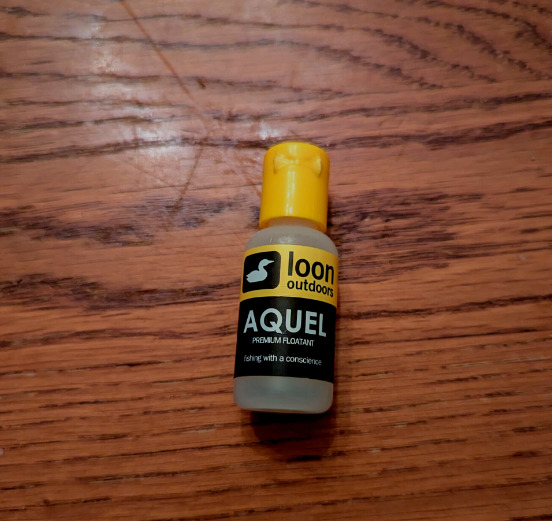
9. Fishing license
Make sure to buy a fishing license before you go out. The price varies state to state, but in-state is more affordable, ranging from $10-$40 for a whole year of fishing. You can also buy single day or multi day licenses. Especially handy for out of state trips. Fishing licenses can be bought online, in fly shops, or often at Walmart or Bass Pro Shops.
10. Something to carry it all in
There’s a few different ways people carry their fishing gear, from a waterproof backpack to a simple fanny pack. There’s even some purpose designed fly fishing necklaces that can carry everything you need for an ultralight approach. If you’re going to be going on trips specifically for fishing, or if you have the chance to fish from a boat, I recommend a waterproof backpack like this Red Paddle Co. Backpack.
Keep an eye out for So You Want to Go Fly Fishing? Part 2 for information on how to get out on the water.
About the Gear Tester

Charles Miller
Charles Miller is a writer and copywriter who loves thinking about outdoor recreation and conservation. He is an avid angler, climber, cyclist, and backpacker. He can usually be found with his hound dog, Walter.

